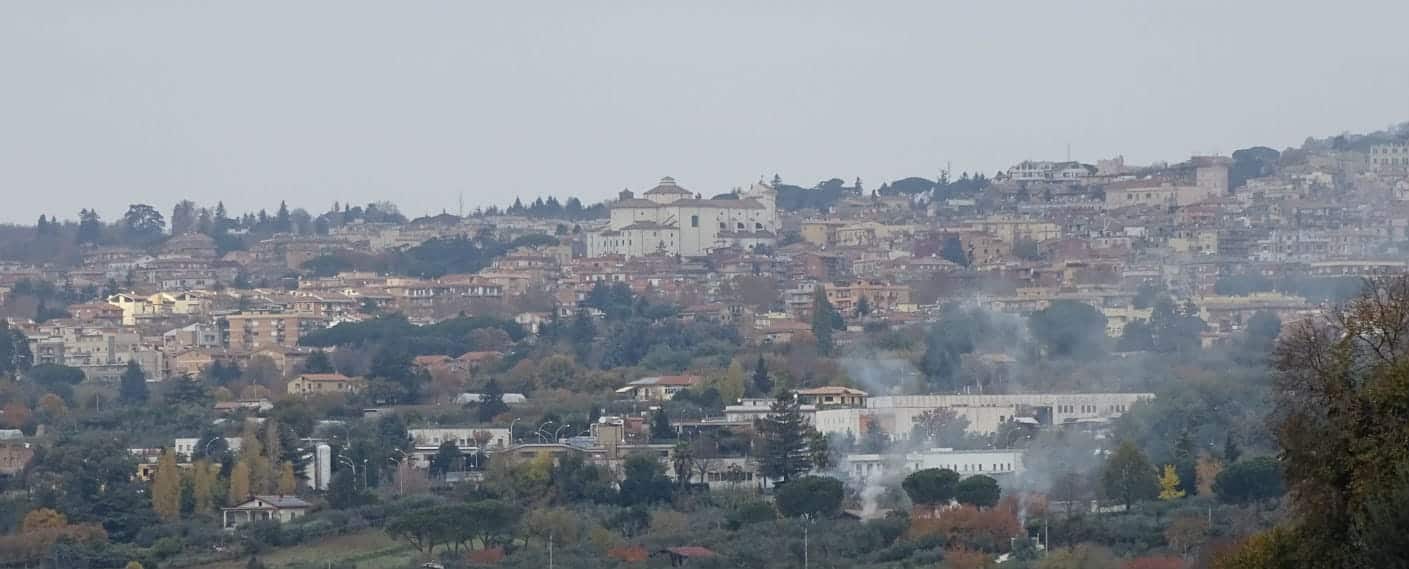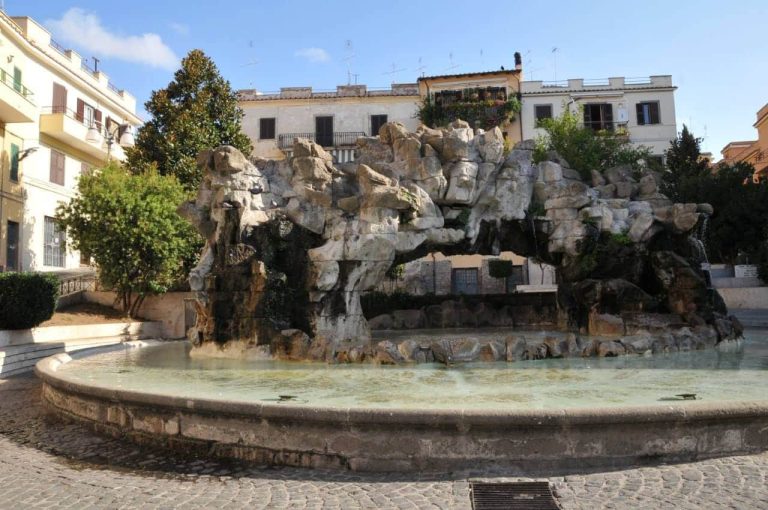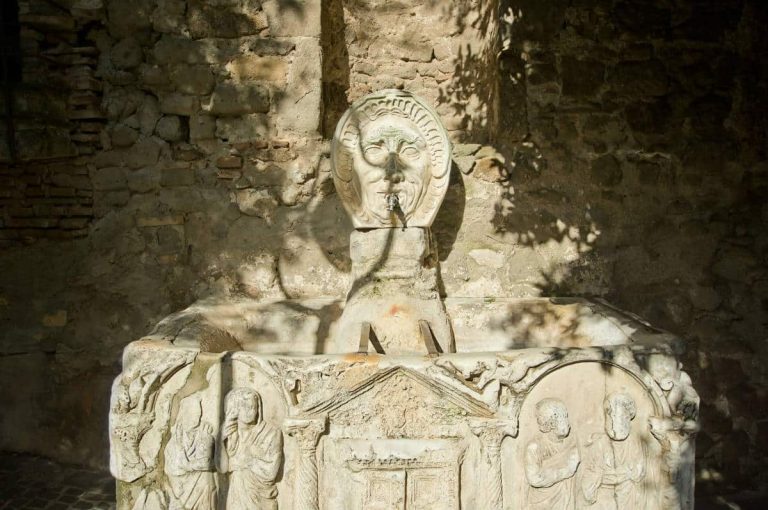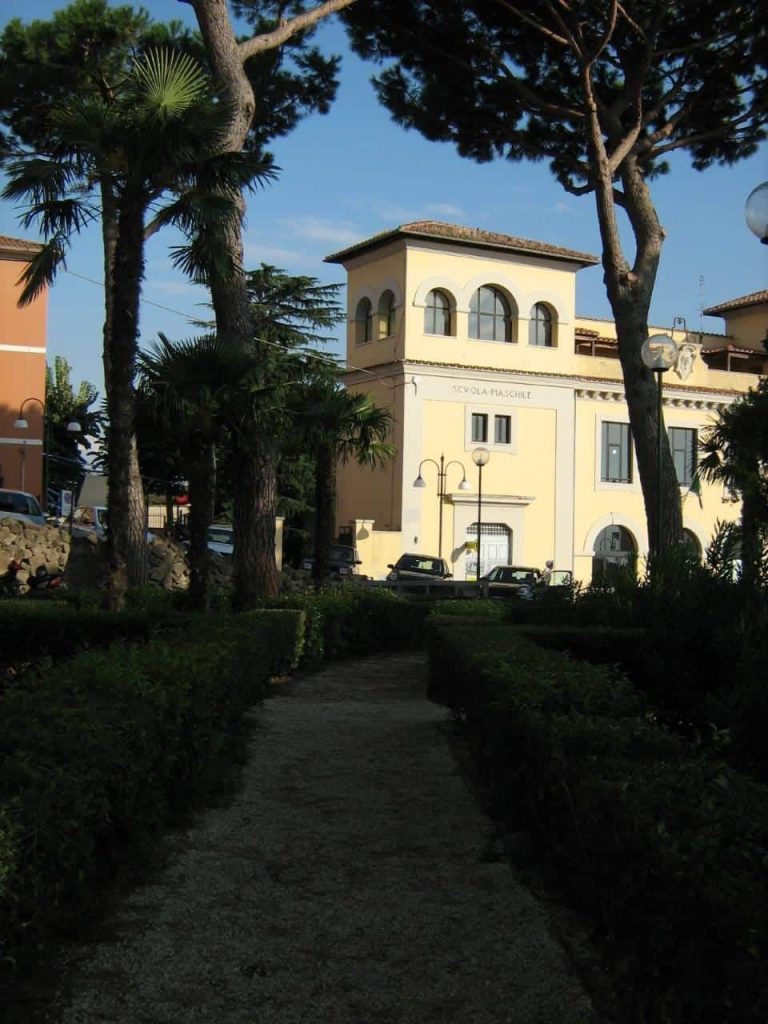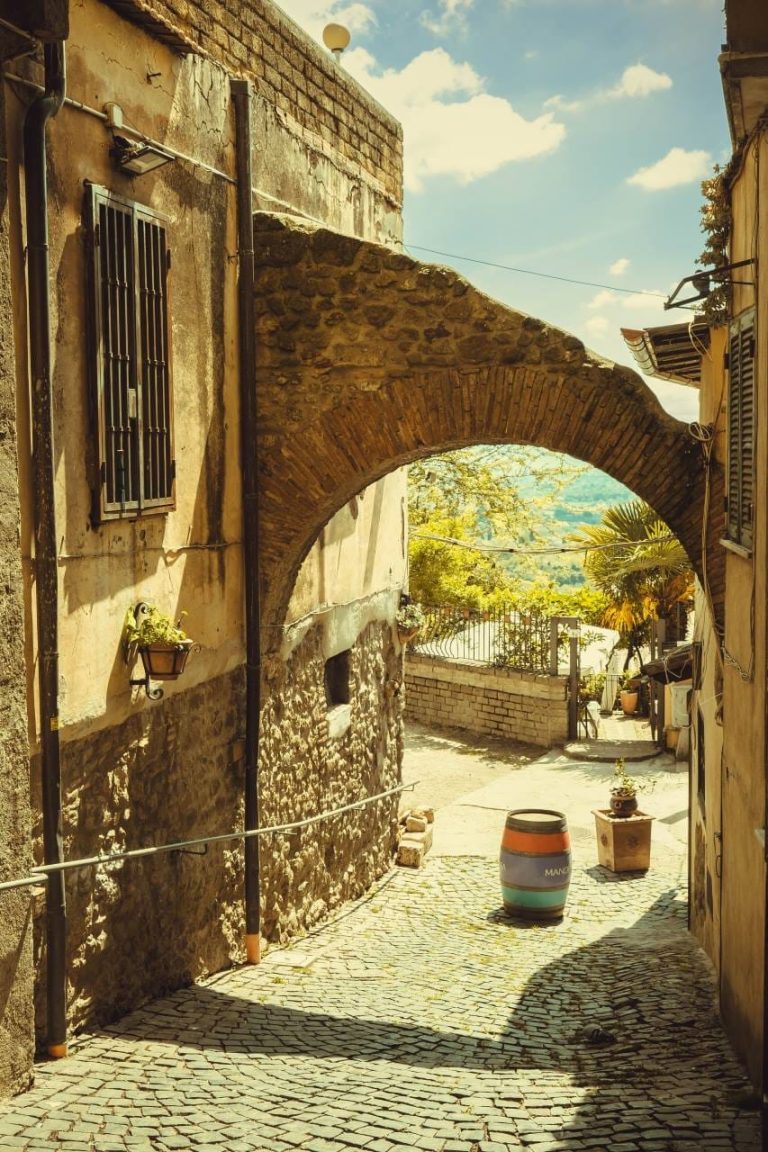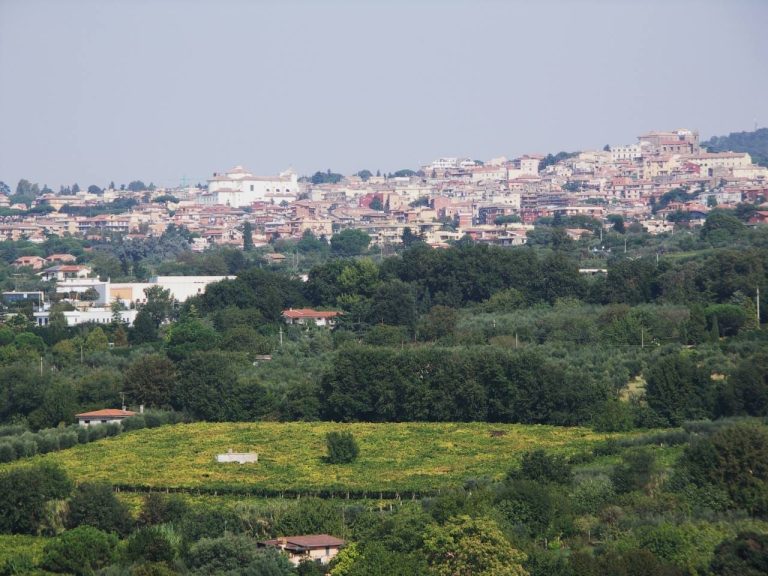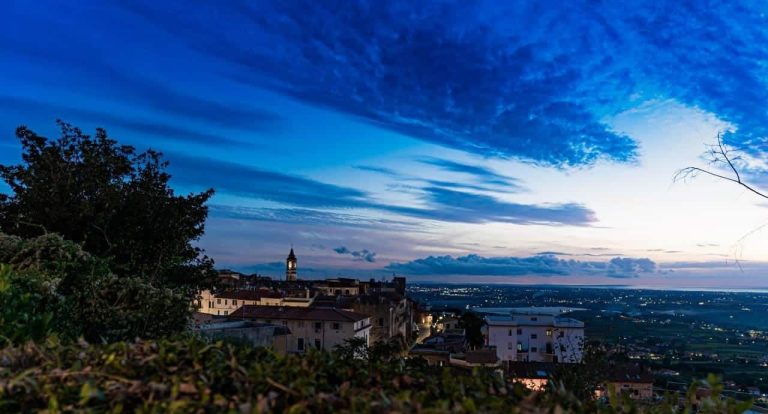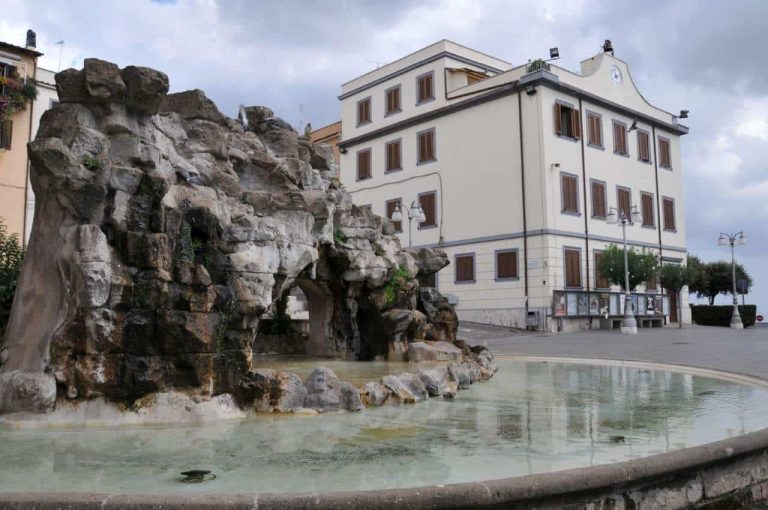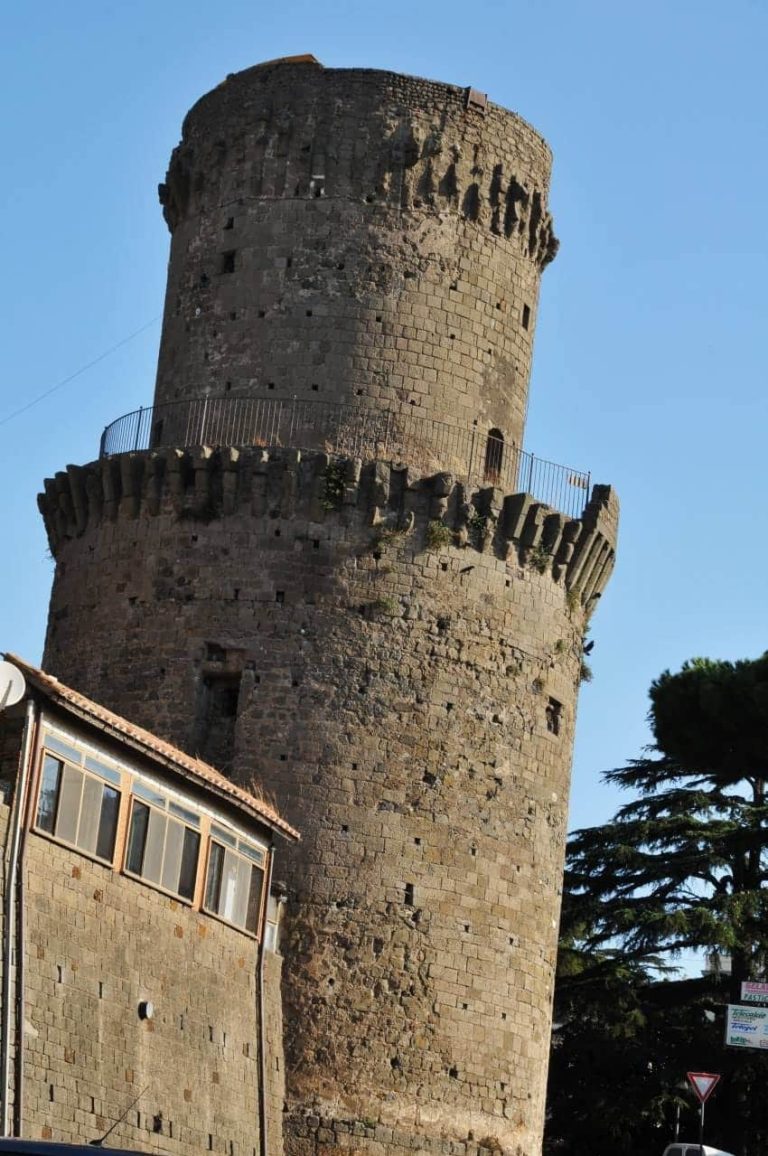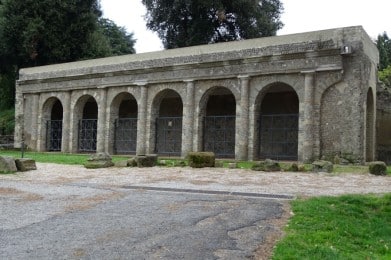The origins of Lanuvius-the ancient Lanuvium-dates back to the 5th century B.C., as evidenced by the cyclopean walls made of local stone that still emerge in the urban fabric of the village. Of great importance is the Sanctuary of Juno Sospita, a Roman deity worshipped throughout Latium Vetus: built between the 4th and 2nd centuries B.C., suggestive remains of it remain on the acropolis, which can be visited in the archaeological park adjacent to Villa Sforza Cesarini.
During Roman times, Lanuvium enjoyed great prosperity. Besides being home to the emperors Antoninus Pius and Commodus, it was beloved by such illustrious figures as Marcus Aemilius Lepidus and Marcus Junius Brutus. After losing its independence in 338 B.C., it obtained from Rome the privilege of civitas cum suffragio, a sign of the strategic and religious importance of the place.
The medieval village and the baroque legacy
Today, the historic center of Lanuvio is an authentic architectural treasure chest. Among alleys paved in sanpietrini, squares with Baroque fountains and facades incorporating Roman elements, one breathes an atmosphere suspended between eras. The heart of the village is surrounded by remnants of the medieval walls, harmoniously integrated into modern urban planning.
There is no shortage of iconic buildings, such as the 14th-century Rocca, now home to the Enoteca del Consorzio dei Vini Colli Lanuvini. Here it is possible to taste the renowned Colli Lanuvini DOP wine, already celebrated in Roman times in Dionysian rituals, and to visit a small museum of rural civilization, before climbing the lookout tower to admire a breathtaking panorama that sweeps as far as the Pontine Islands.
Treasures of art and faith
Artistic gems include two works by the great architect Carlo Fontana, a pupil of Bernini: the scenic Fountain of the Cliffs (1675) and the church of Santa Maria Maggiore, rebuilt in the Baroque period on a structure of Byzantine origin. Not far away, the basement of a temple dedicated to Hercules, dating from the 2nd century BC, can be glimpsed.
Culture and tradition: the Civic Museum and events
The Museo Civico Lanuvino brings together an important collection of artifacts from local excavations: from pre-Roman to Roman sections, with splendid Augustan-era frescoes with Dionysian themes and period photographs from archaeological digs. The museum, part of the "widespread museum" project, testifies to the deep connection between the village and its millennia-old heritage.
The calendar of events in Lanuvio is rich and lively: among the many initiatives, the Music Festival in June and the famous Wine Festival in September stand out, enhancing the inseparable combination of culture and taste.
To visit Lanuvio is to immerse oneself in a crossroads of history, nature and flavors, among pagan shrines and Baroque art, ancient fortresses and panoramic views, with the unmistakable scent of local wine as a guide. A small jewel of the Castelli Romani that deserves to be discovered slowly and in awe.

